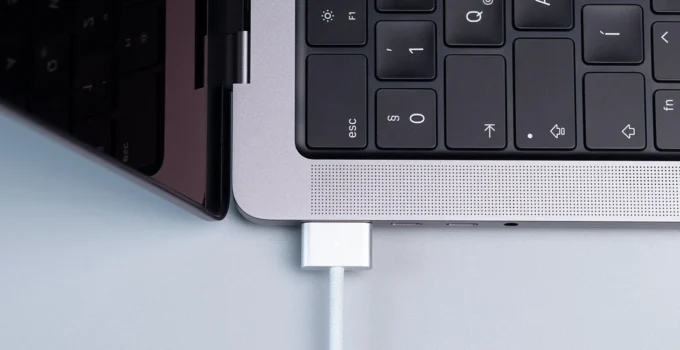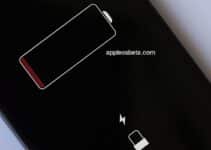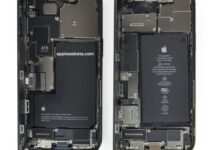Apple’s Latest Macs Incorporate USB-C Liquid Detection for Enhanced Diagnostics. Apple has introduced a new feature in its Mac computers that enables the detection of liquid exposure within USB-C ports. This advanced measure is part of Apple’s ongoing efforts to enhance the diagnostics for its devices, particularly as its warranty does not cover liquid damage, a stipulation that also applies to water-resistant devices like iPhones, Apple Watches, and some AirPods models.
Apple’s New M3 Macs Limit to One External Display, Pro Models Offer More
In the latest iteration of macOS, known as Sonoma 14.1, a new system component known as “liquiddetectiond” quietly operates behind the scenes. The purpose of this system daemon is to monitor and analyze each USB-C port for any signs of liquid contact.
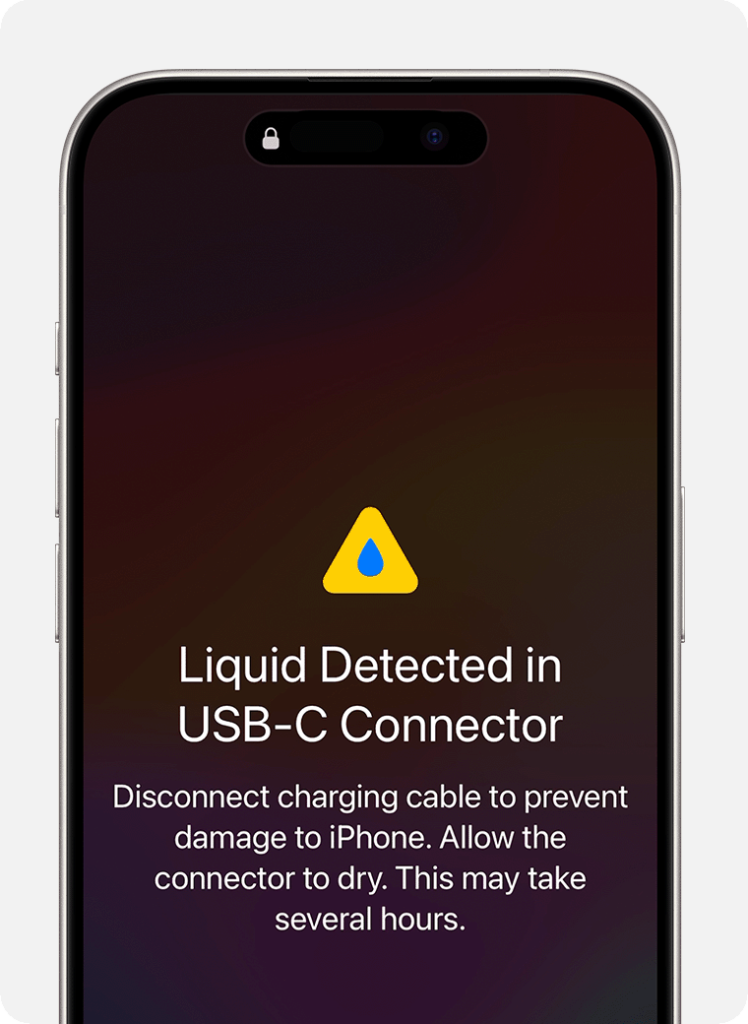
The daemon serves as both a liquid detection mechanism and a corrosion mitigation system. Similar features have long been in use in Apple’s mobile devices, such as iPhones and iPads, where they actively warn users when moisture is detected in the charging port. For Macs, the liquiddetectiond appears to focus solely on gathering data for analytical purposes without notifying the user directly. This data may be utilized by Apple’s technicians to assess whether a Mac qualifies for complimentary repairs under warranty terms.
While the liquiddetectiond is a digital tool, Apple also uses physical Liquid Contact Indicators (LCIs) within their Mac notebooks and certain Apple keyboards. These LCIs are designed to change color when coming into contact with liquids, providing a clear sign of liquid exposure.
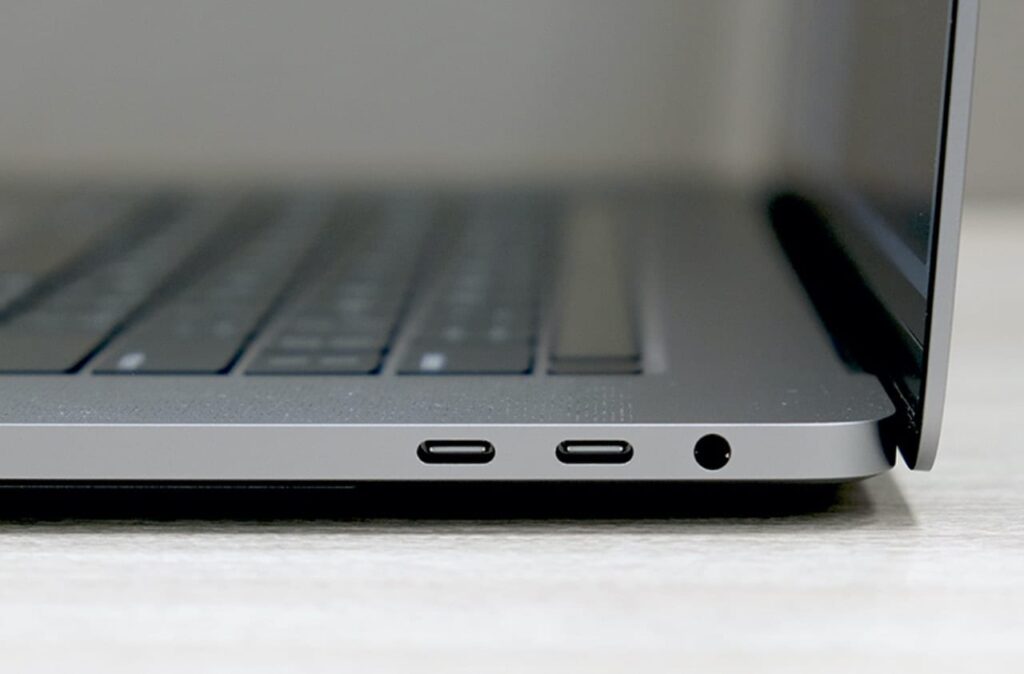
The addition of liquiddetectiond to the macOS ecosystem suggests that Apple is doubling down on its ability to pinpoint liquid exposure with greater accuracy. The implications for warranty claims and repairs are significant, as technicians will now have more precise information when evaluating devices for service.
The specifics of which Mac models will support this new liquid detection capability are yet to be clarified. It remains to be seen if the functionality will be restricted to the latest Macs equipped with the M3 chip, or if it will extend to any Mac running the newest macOS version, dependent on particular hardware features that enable this functionality.
